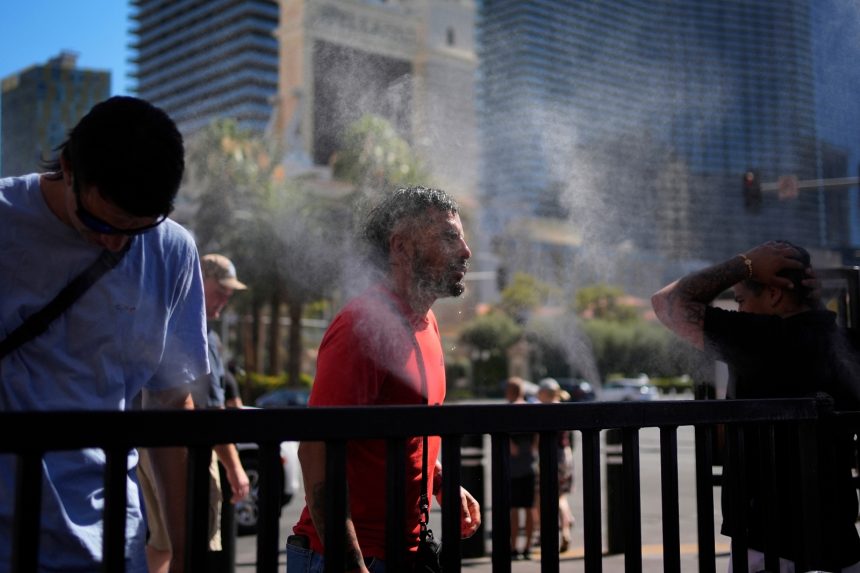Another scorching summer is breaking temperature records, impacting over a third of Americans with relentless heat advisories. Wildfires are blanketing skies with smoke, and the death toll is rising, prompting affected states to seek more assistance from the federal government. Currently, heat waves and wildfire smoke do not qualify as “major disasters” under FEMA’s relief efforts, leaving communities without a clear path to funding due to the semantics of the Stafford Act. Advocacy groups and states are urging FEMA to recognize these disasters and provide aid accordingly. Despite FEMA’s assertion that all disasters are considered equally, only three heat wave disaster declarations have ever been made and rejected. The agency requires states to demonstrate financial incapacity before intervening. However, documenting costs associated with heat waves is complex, hindering states from accessing funds. Heat waves and wildfire smoke do not neatly fit within FEMA’s disaster declaration process, resulting in difficulties in determining when events start and end. As climate change intensifies these disasters, pressure on FEMA to revise its aid approval process is mounting. Lawmakers and environmental groups are urging FEMA to recognize extreme heat and smoke as major disasters to provide funding for mitigation efforts and long-term solutions. While FEMA provides funding for mitigation efforts, it may face budget constraints due to increasing calamities like hurricanes.






